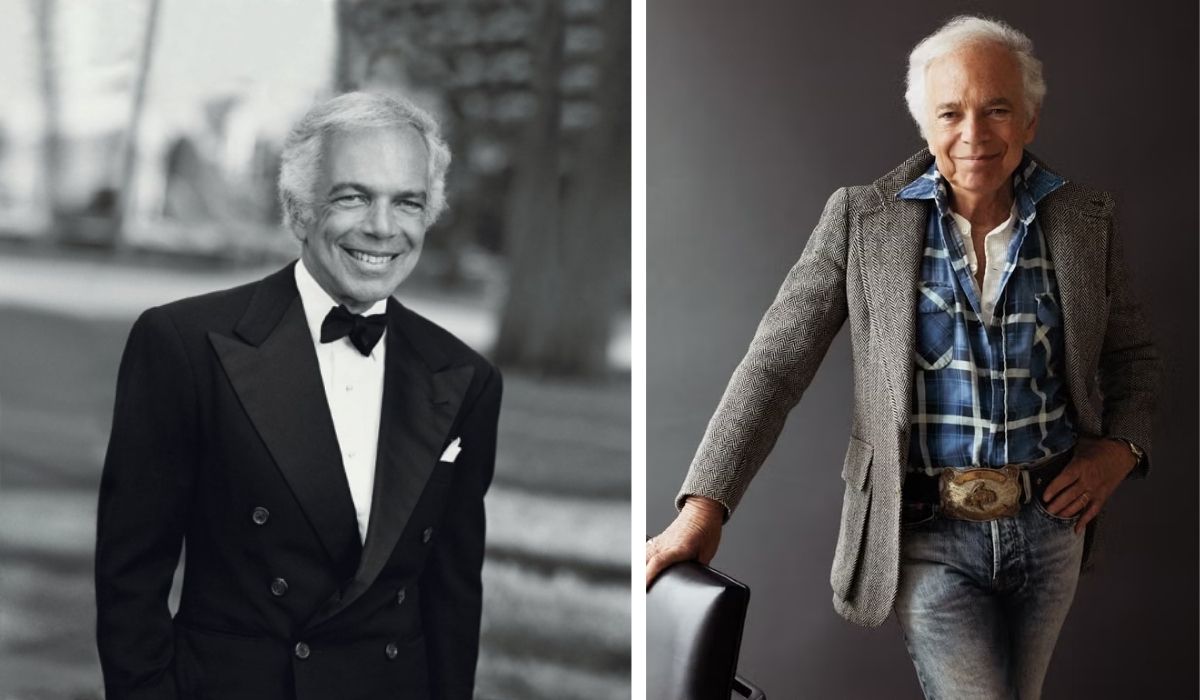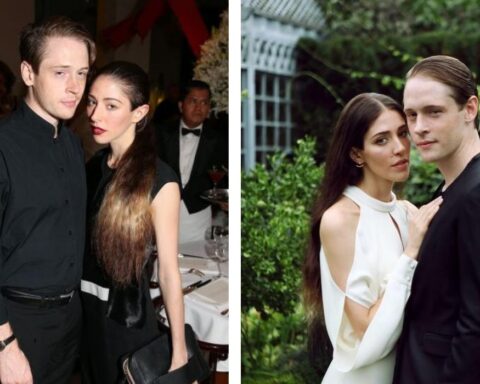Ralph Lauren, born Ralph Lifshitz on October 14, 1939, in The Bronx, New York, grew up in a modest Jewish family. His parents, Frank and Frieda Lifshitz, were immigrants from Belarus, and they instilled in him a strong work ethic and a dream-oriented mindset. From a young age, Ralph showed an interest in fashion and aesthetics, frequently observing his surroundings and admiring elegance in clothing. His early education included attending DeWitt Clinton High School, where he cultivated an eye for style and design. Despite financial limitations, Lauren was determined to pursue a career that would allow him to blend creativity with business acumen.
After high school, he attended Baruch College, focusing on business studies. However, he dropped out after two years, feeling that real-world experience in fashion would provide a stronger foundation for his career than formal education. Lauren’s early experiences working at Brooks Brothers and other retail stores exposed him to the practical aspects of fashion, including customer preferences, quality materials, and the nuances of selling luxury products. These experiences shaped his future vision of creating a brand that epitomized elegance, sophistication, and timeless style.
Quick Bio
| Detail | Information |
| Full Name | Ralph Lifshitz (later Ralph Lauren) |
| Date of Birth | October 14, 1939 |
| Place of Birth | The Bronx, New York, USA |
| Occupation | Fashion Designer, Executive Chairman |
| Years Active | 1967–present |
| Brand | Ralph Lauren Corporation |
| Net Worth | Over $3 billion |
| Spouse | Ricky Ann Loew-Beer |
| Children | Three |
| Awards | CFDA Lifetime Achievement Award, CFDA Fashion Icon Award |
The Birth of Ralph Lauren Brand
In 1967, Ralph Lauren launched his first line of neckties under the brand name Polo. His ties were different from the conventional designs of the time, emphasizing bold patterns, high-quality fabrics, and a sophisticated style that appealed to the modern consumer. The initial success of his neckties caught the attention of major department stores, and soon after, Lauren expanded his product line to include men’s suits and eventually women’s clothing.
The decision to rebrand himself from Ralph Lifshitz to Ralph Lauren was strategic, aligning with his vision of creating a name that resonated with luxury and sophistication. By 1971, Lauren had introduced the iconic Polo shirt, a piece that would later become a symbol of preppy fashion and American luxury. His designs were not only aesthetically appealing but also told a story of aspiration, elegance, and a lifestyle many admired. The Polo brand quickly became synonymous with high-class fashion and earned a loyal customer base across the United States and internationally.
Rise to Fashion Icon
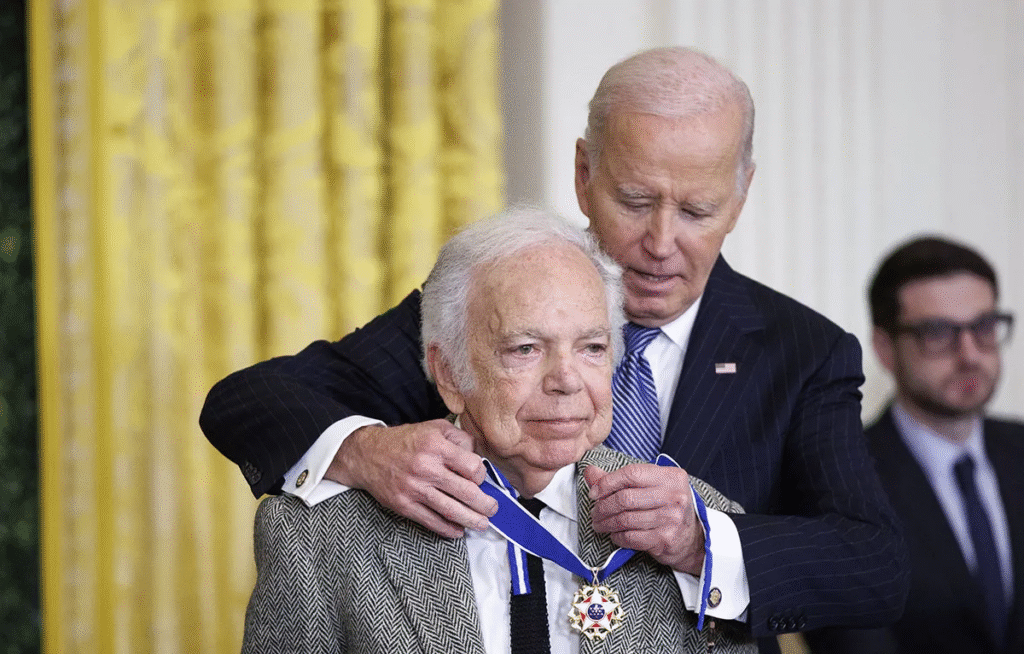
Throughout the 1970s and 1980s, Ralph Lauren became a household name in fashion. His approach was unique because he didn’t just design clothing; he created a lifestyle brand that spanned fashion, home goods, fragrances, and accessories. Lauren’s vision extended beyond the runway, emphasizing an aspirational image of sophistication, success, and elegance.
One of his most notable achievements was designing wardrobes for major films, which helped elevate his brand in popular culture. For example, his work in movies and television placed his clothing in the hands of celebrities and influential figures, making the brand more desirable. This period also marked the expansion of the Polo brand internationally, with boutiques opening in major cities like London, Paris, and Tokyo. Ralph Lauren’s ability to anticipate trends while maintaining classic aesthetics contributed to his enduring reputation as a fashion icon.
Expansion into Lifestyle Brand
Ralph Lauren’s vision was never limited to clothing. In the 1980s, he began expanding his brand into fragrances, home furnishings, and lifestyle products. His fragrance line quickly became one of the most successful in the world, offering scents that conveyed luxury, elegance, and sophistication. Similarly, his home furnishings line emphasized a lifestyle of refinement, from furniture to bedding, embodying the same aesthetic principles found in his fashion collections.
This strategic diversification was critical to the brand’s long-term success. By positioning Ralph Lauren as a lifestyle brand rather than just a clothing label, Lauren ensured that his influence extended into multiple aspects of consumers’ lives. Today, Ralph Lauren stores are not just clothing boutiques—they are curated environments that showcase a complete vision of elegance, offering everything from apparel to home décor under one cohesive brand identity.
Business Acumen and Leadership
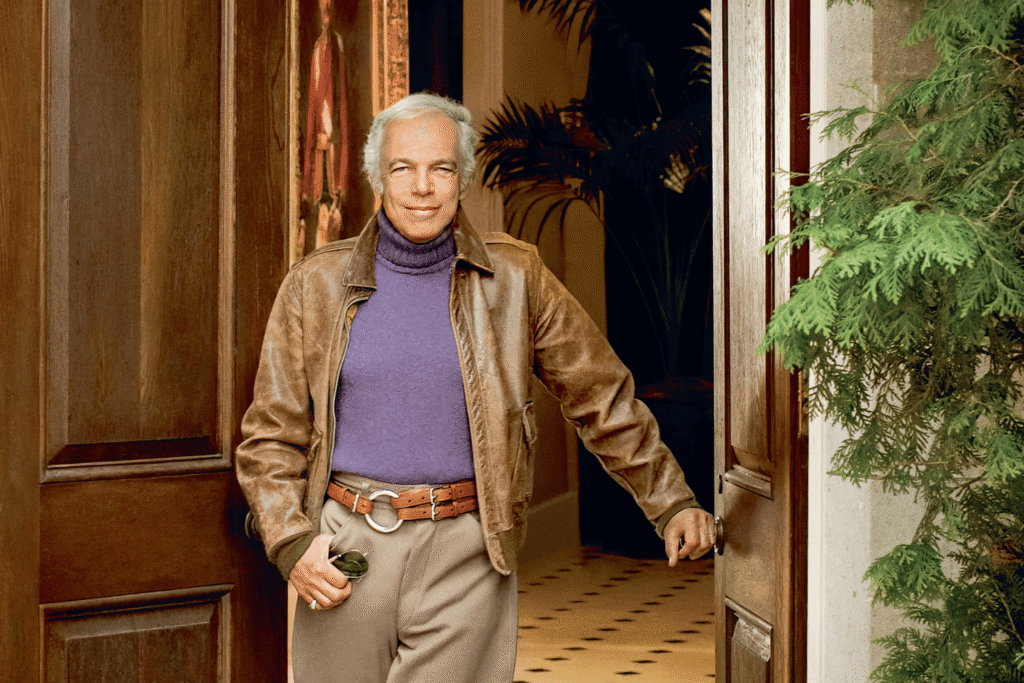
Beyond his creative genius, Ralph Lauren’s success is largely attributed to his exceptional business acumen. As executive chairman of Ralph Lauren Corporation, he oversaw both the creative direction and the strategic growth of the company. His leadership style emphasized innovation, quality, and brand consistency, ensuring that every product reflected the core values of the brand.
Lauren’s ability to merge creativity with business strategy allowed him to grow his company into a global empire. Under his leadership, Ralph Lauren Corporation went public in 1997, marking a significant milestone in its history. Despite facing challenges from changing fashion trends and economic fluctuations, Lauren maintained the brand’s relevance by continuously innovating while staying true to its classic identity. His foresight in recognizing emerging markets and expanding internationally further solidified Ralph Lauren’s position as a global luxury brand.
Philanthropy and Legacy
Ralph Lauren is not only celebrated for his contributions to fashion but also for his philanthropic efforts. Over the years, he has donated millions to causes including cancer research, education, and veterans’ programs. His commitment to social responsibility reflects his broader vision of creating a positive impact beyond the world of fashion.
The Ralph Lauren Foundation, established in 1989, focuses on health and education initiatives, supporting programs that improve quality of life for communities worldwide. Lauren’s philanthropic endeavors have earned him recognition not only as a successful businessman but also as a humanitarian committed to giving back. His legacy is therefore not only defined by style and luxury but also by his efforts to make meaningful contributions to society.
Personal Life
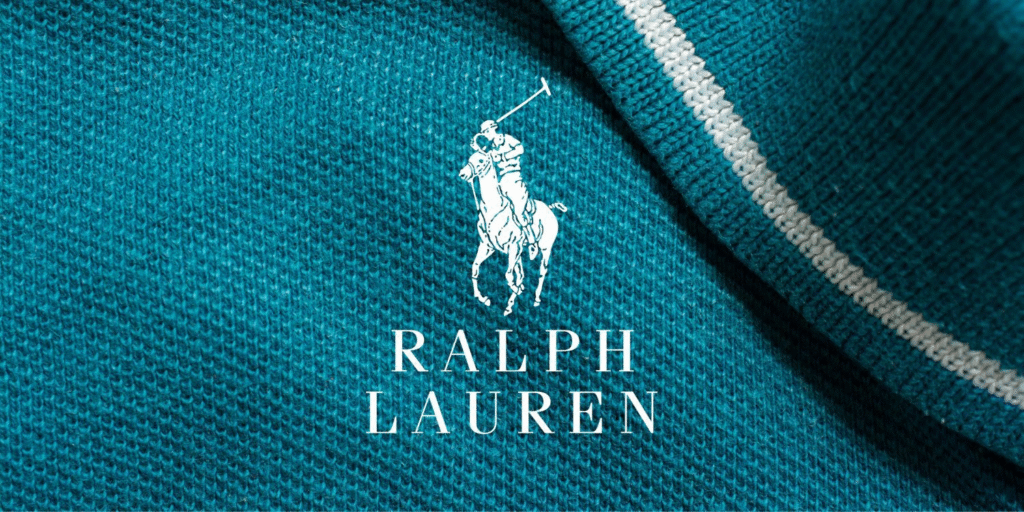
Ralph Lauren married Ricky Ann Loew-Beer in 1964, and the couple has three children. His family has been closely involved in the business, with his children holding key positions in the company. Despite his immense wealth and fame, Lauren has maintained a relatively private personal life, rarely making headlines outside of his professional accomplishments.
Lauren’s personal style reflects the same elegance as his brand. Known for his tailored suits, sophisticated casual wear, and timeless taste, he embodies the image of the lifestyle he promotes. His ability to balance a high-profile career with a grounded family life demonstrates a level of discipline and foresight that has contributed to both his personal and professional success.
Awards and Recognition
Over his decades-long career, Ralph Lauren has received numerous awards recognizing his contributions to fashion and culture. He has been honored with prestigious accolades including the Council of Fashion Designers of America Lifetime Achievement Award and the CFDA Fashion Icon Award.
These awards highlight Lauren’s influence on the fashion industry and the lasting impact of his work. They also reflect his commitment to quality, innovation, and style, cementing his status as a pioneer who has shaped the global perception of American luxury fashion.
Net Worth and Financial Success
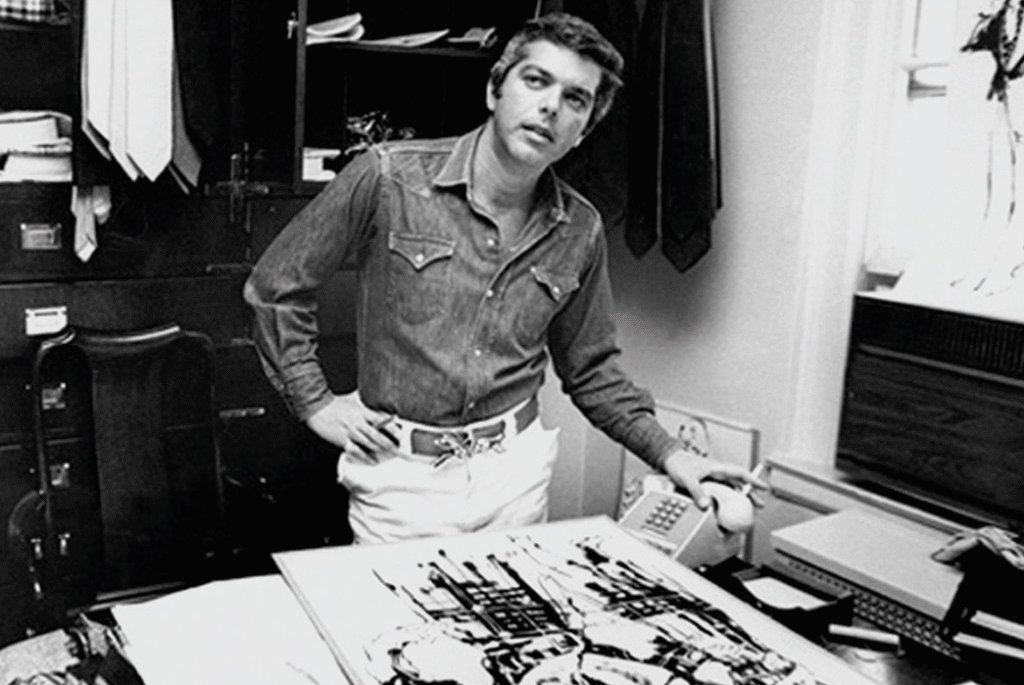
Ralph Lauren’s net worth is estimated to be over three billion dollars, a testament to his successful career and strategic business decisions. The majority of his wealth comes from his ownership stake in Ralph Lauren Corporation, which generates billions in annual revenue from clothing, accessories, fragrances, and home furnishings.
Lauren’s financial success is also attributed to his ability to create a brand that maintains high demand despite changing fashion trends. By positioning Polo as a symbol of aspiration, luxury, and sophistication, he ensured that consumers remain loyal to the brand. His wealth reflects not just his talent as a designer but also his skills as a visionary entrepreneur and executive leader.
Influence on Modern Fashion
Ralph Lauren’s influence extends far beyond his own brand. He has redefined American fashion by emphasizing classic styles, timeless elegance, and lifestyle branding. Designers around the world cite Lauren’s approach as a model for combining creativity with commercial success.
His contributions have shaped how luxury brands operate today, influencing marketing strategies, store design, product diversification, and global expansion. By creating a holistic vision of style and lifestyle, Ralph Lauren set a standard for what it means to build an enduring fashion empire.
Frequently Asked Questions
1. Who is Ralph Lauren?
- Ralph Lauren is an American fashion designer, executive chairman, and the founder of Ralph Lauren Corporation, a globally recognized luxury brand.
2. What is Ralph Lauren’s net worth?
- Ralph Lauren’s net worth is estimated to be over three billion dollars, largely from his stake in his fashion empire.
3. How did Ralph Lauren start his career?
- Lauren began as a tie designer in the 1960s and eventually launched his own brand, Polo, which expanded into a global fashion and lifestyle empire.
4. What are some of Ralph Lauren’s notable achievements?
- He has received the CFDA Lifetime Achievement Award, the CFDA Fashion Icon Award, and built one of the most successful lifestyle brands in history.
5. Is Ralph Lauren involved in philanthropy?
- Yes, through the Ralph Lauren Foundation, he has supported initiatives in health, education, and community development worldwide.


